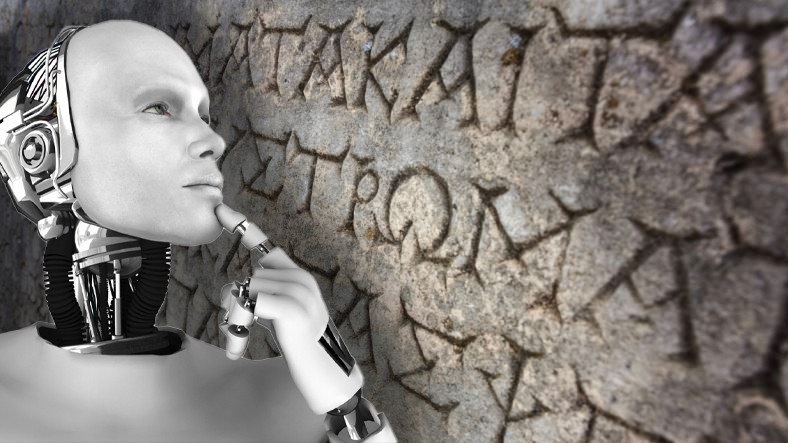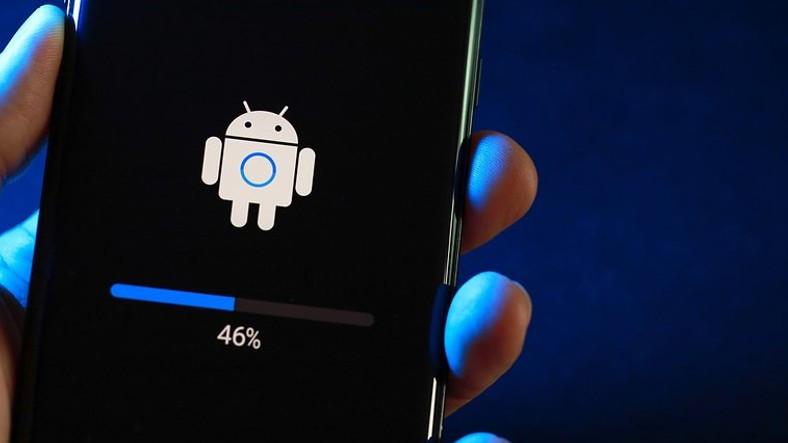Today there are many inscriptions waiting to be found underground covered with earth, stones and concrete buildings. While some of the inscriptions found are legible, most are too illegible. worn out case.
While these inscriptions sometimes give us interesting information from the past, sometimes they can contain sad information. It is a very interesting subject what the people who lived in the past wanted to tell in the writings they carved on stone, marble and wood, and what could happen. The past is as interesting a subject as the future. with interesting information full. A new artificial intelligence has been developed to decipher the illegible inscriptions.
Damaged inscriptions can be decrypted using artificial intelligence

Developed by Google Deepmind, artificial intelligence was designed to help read damaged inscriptions from Greece. The system, called Ithaca, is built on an ancient text recovery system known as Pythia. The study, conducted in collaboration with scientists, will be able to illuminate the dark traces of the past that cannot be illuminated. Moreover, Ithaca’s ingenuity is not limited to restoring the texts of the inscriptions; artificial intelligence is also where the inscription came from and the date of creation. can count. This will greatly facilitate the work of historians and synagogues.
Studies of many texts on papyrus, stones, metals and pottery that are illegible due to damage are performed with great care to avoid further damage. For this reason, in studies on texts, radiocarbon cannot be used. In other words, working on these texts requires more effort, more attention and care. When using Ithaca; these studies will now yield much easier and more successful results.
Built on Ithaca, Pythica could solve hours of work in seconds

As we just mentioned, Ithaca was built on the Pythia system, which was produced for a similar purpose. Pythia, on the other hand, had many successful works before. When Pythia came across an incomplete inscription, she was able to calculate many possibilities to fill in the blanks and present the most likely to historians.
Although it had a 30.1 percent error rate, it was able to solve the problems in seconds that took hours of students working in the same field at Oxford University. Students and Pythia To decipher 50 inscriptions his work takes only seconds from Pythia, students spent hours deciphering these codes. It is now believed that Ithaca, which was developed in this order, will produce much more successful works than Pythia.
Ithaca marks its first success

The number of successful works that Ithaca has drawn is not much for the time being. However, according to the applied tests, there is an accuracy of 25 percent in the work of historians, while Ithaca’s on the damaged inscriptions. up to 62 percent accuracy. Turns out he had. While Ithaca continued this success in finding the place where the inscriptions came from, with an accuracy of 71 percent He can tell us where the inscription comes from.
Ithaca is a bit busy at the moment due to some drama Athens Decree It also supports historians. Historians in their studies fixed the date of the appearance of the Athenian decree at 446 BC, but this caused controversy in many ways. While many historians say that these decrees were mentioned in official records on and after that date and that the date should have been earlier; Ithaca’s conclusion was as historians had predicted.I 421 BC it happened. Although many historians say it is highly probable that the decree was written on this date, Ithaca achieved its first success. It is certain that we will hear the name Ithaca more often in the coming days and it will help us more to lighten the traces of our past.
















